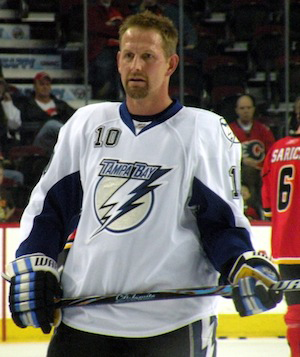
Cervicogenic headaches (CGH) are a type of secondary headache, meaning they are caused by an underlying condition—in this case, issues within the cervical spine (neck region). These headaches are typically characterized by pain that originates in the neck and radiates to the head. Here’s a detailed overview:
Causes
CGH is usually caused by:
- Degenerative changes in the cervical spine, such as osteoarthritis.
- Neck injuries like whiplash.
- Poor posture or repetitive neck strain.
- Cervical disc herniation.
- Nerve compression in the cervical region.
- Muscle strain or tension in the neck.
Symptoms
Common symptoms of cervicogenic headaches include:
- Unilateral headache (pain on one side of the head).
- Pain that starts in the neck and spreads to the front of the head, forehead, temples, or around the eyes.
- Reduced range of motion in the neck.
- Pain triggered by specific neck movements or sustained postures.
- Tenderness of the neck muscles.
- Possible accompanying symptoms like nausea, dizziness, or lightheadedness.
Diagnosis
Diagnosis typically involves:
- Clinical evaluation: History taking and physical examination focusing on neck movements and posture.
- Imaging tests: X-rays, MRI, or CT scans to identify cervical spine abnormalities.
- Diagnostic blocks: Nerve blocks or facet joint injections to confirm the source of pain.
Treatment
Treatment options for cervicogenic headaches include:
- Chiropractic: Exercises to improve neck posture, strength, and flexibility.
- Medications: Pain relievers, anti-inflammatory drugs, and muscle relaxants.
- Manual therapy and Active Release Technique: Chiropractic adjustments or osteopathic manipulation.
- Injections: Nerve blocks, steroid injections, or trigger point injections.
- Lifestyle modifications: Ergonomic adjustments, stress management, and avoiding neck strain.
- Surgery: In rare cases, if there is significant structural damage that does not respond to conservative treatment.
Prevention
Preventive measures include:
- Maintaining good posture.
- Regularly stretching and strengthening neck muscles.
- Ergonomic adjustments to workstations.
- Avoiding prolonged static positions.
- Using appropriate head and neck support while sleeping.
Understanding the link between neck issues and headaches is crucial for effective management and relief of cervicogenic headaches. If you suspect you have CGH, consult a healthcare professional for an accurate diagnosis and tailored treatment plan.
Hockey player scores with Active Release Technique
Chiropractic techniques are proving to be effective in treating sports injuries. Former NHLer Gary Roberts would agree.
After almost a decade playing in the National Hockey League, Gary Roberts feared that his days as a professional athlete were finished.
Thirty years old at the time and a left winger for the Calgary Flames, Roberts suffered a neck injury that left him with severe nerve damage and numbness in his arms. Repeated surgeries and rehab had little effect.

“I couldn’t hold a steak knife to cut my food,” he recalls. “My career was over. I was a pretty lost soul.”
But then, after a visit to a sports chiropractor in 1996 (A.R.T. founder Dr. Leahy) to relieve stress and reduce scar tissue in his upper spine and neck, Roberts regained his strength and mobility. He returned to the ice to play professional hockey for another 13 years.
“It saved my life,” says Roberts, who eventually retired from the NHL in 2009
– Gary Roberts
EVIDENCE FOR THE EFFICACY OF ART
In a 1999 study by Christensen et al., the efficacy of active release treatment of overuse syndromes was evaluated. The study looked at 28 patients who had failed previous medical treatment for epicondylitis, tendonitis, and carpal tunnel. Results at 1 month and 3 months demonstrated a 71% efficacy rate, which when compared to similar studies in literature was superior.
Similar success stories prevail in the athletic world where Dr. Michael Leahy, the founder of ART, has become world-renowned. Elite athletes such as Donovan Bailey and players in the NHL have continued to compete at high levels due in part to active release treatment by Dr. Leahy and other trained ART providers. Faced with surgery, bodybuilder Milos Sarcev sought Dr. Leahy’s care after tearing his acromioclavicular ligament. After one treatment, Sarcev returned to serious training for the 1998 Mr. Olympia and avoided surgery.
According to Leahy, “most professional athletes retire two or three years before they have to because of some injury, but if they can get the right care, their careers can last longer”.
Such is the case for NHL’s Gary Roberts who retired from professional hockey after two failed neck surgeries. Determined to make a comeback, Roberts sought the help of Dr. Leahy. A total of 7 active release treatments followed by strength training enabled Roberts to recover and play in the NHL the following season.


